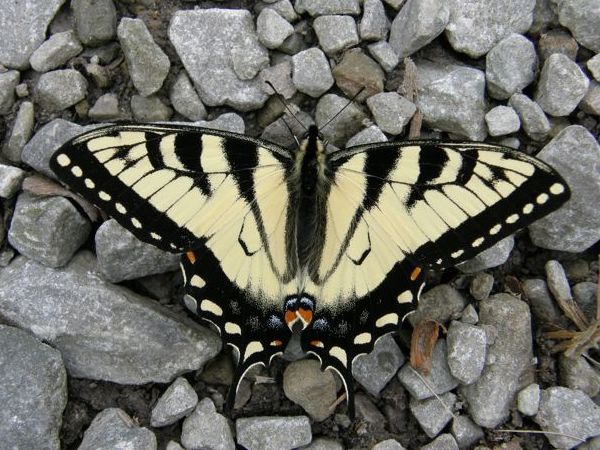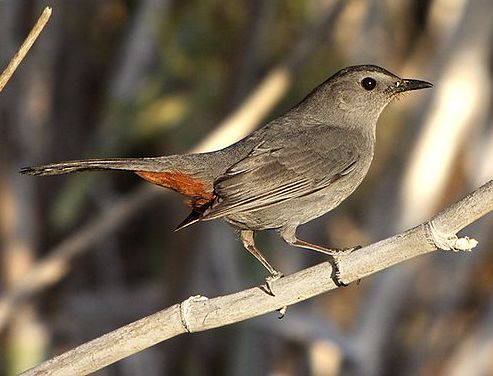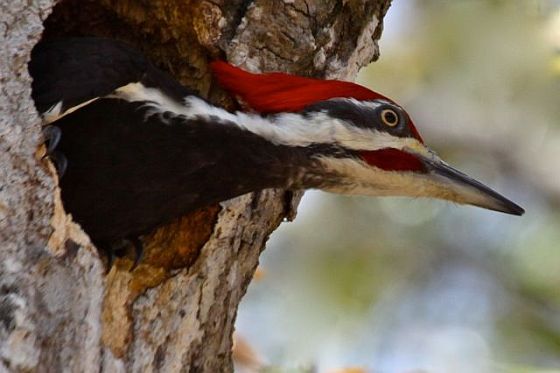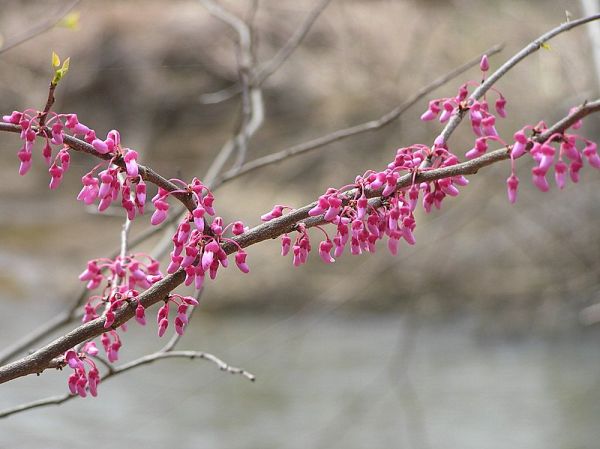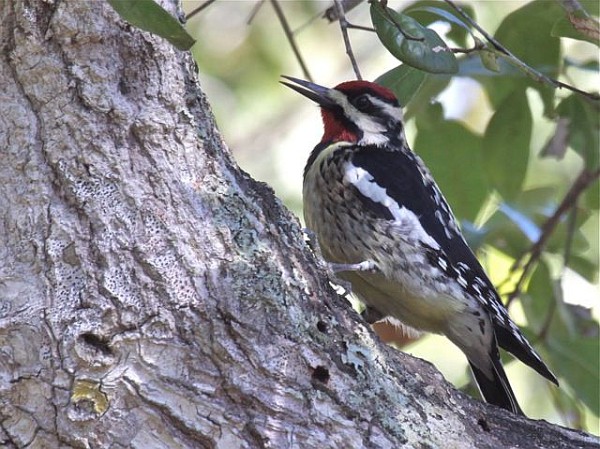
We’ve been having fun at Fledge Watch for the past two days, even though none of the youngsters has fledged as of noon today.
The juvenile peregrines have been easy to find and their parents have been putting on a show. The youngsters flap and run on the nestrail, then sit and rest while Dorothy & E2 give flying lessons, demonstrate prey exchange, and circle over our heads. Though we know they aren’t doing it for our enjoyment, we’re impressed anyway.
You’ll find five to twenty of us at the tent. We often discover we know each other, even though we’ve never met. For starters, everyone knows my name from this blog but you might know each other from the blog comments or the webcam chat. If you’re on the chat, say your chat name and you’ll be surprised how many people know you. Today I met mindysmom + dh, charliechaplin, cousin, whitch and thewildsow. And I know I’m forgetting many names!
In the photo above I’m the one pointing up, describing where to find the peregrines on the Cathedral of Learning. In the photo below we’re all gazing up to see them.
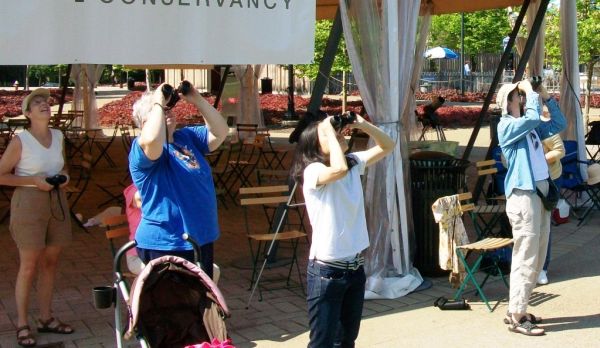
So come on down to the Schenley Plaza tent for Pitt Peregrine Fledge Watch. The new times are listed below, weather permitting. Hope to see you there.
- Tuesday June 1, very briefly 8:00-8:20am + noon to 2:15pm + 5:30pm until 7:00-ish. Watch the skies! If it’s raining I won’t be there.
- Wednesday June 2, very briefly 8:00-8:20am + 1:00pm to 2:15pm. None after work on Wednesday.
- Thursday June 3, very briefly 8:00-8:20am + 1:00pm to 2:15pm + 5:30pm until 7:00-ish.
- There are also unofficial times: I believe at least one young peregrine will fly this weekend so I’ll be stopping by briefly in the mornings and evenings every day, though my exact times are unpredictable.
- And I will extend Wednesday lunchtime if Tuesday is rained out, so watch the blog for more updates.
News about the streaming cams: It looks like the streaming cameras will be down until Tuesday. Someone has to get into both the Gulf Tower and Cathedral of Learning to fix them and that’s not possible on this holiday weekend. 🙁
Special thanks to Jennie & Ken Barker (mindysmom + dh) for these Fledge Watch photos and to Mary DeV (wildSow) for bringing her high-powered binoculars and telescope.
A partial key to who is who: In the first photo, “mindysmom” is in the yellow shirt, “whitch” is in the red shirt. In the second photo “TheWildSow” is in the dark blue Tshirt. Oh, and on the chat my name is “KPeregrine.”
(photos by Jennie and Ken Barker)
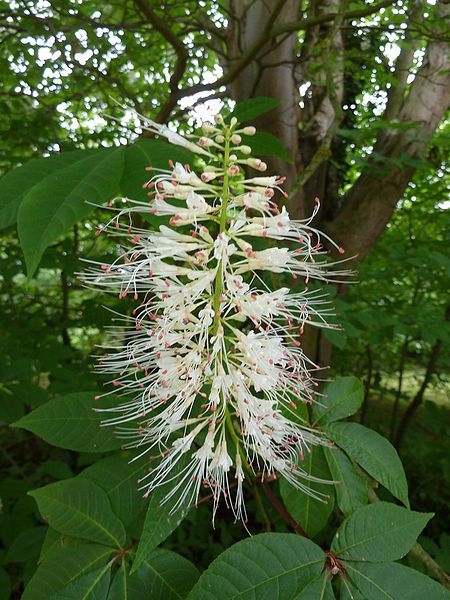
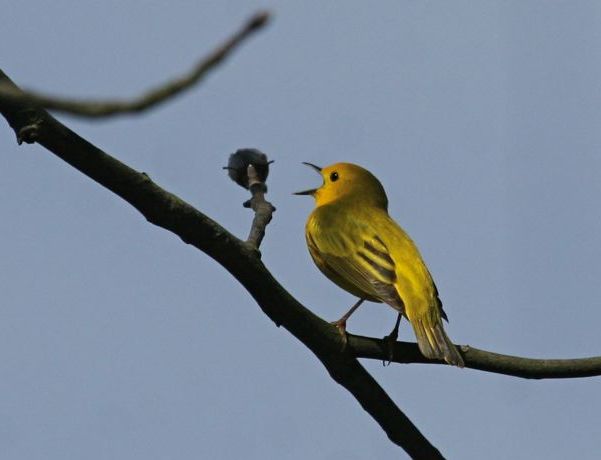


 Come to the
Come to the 